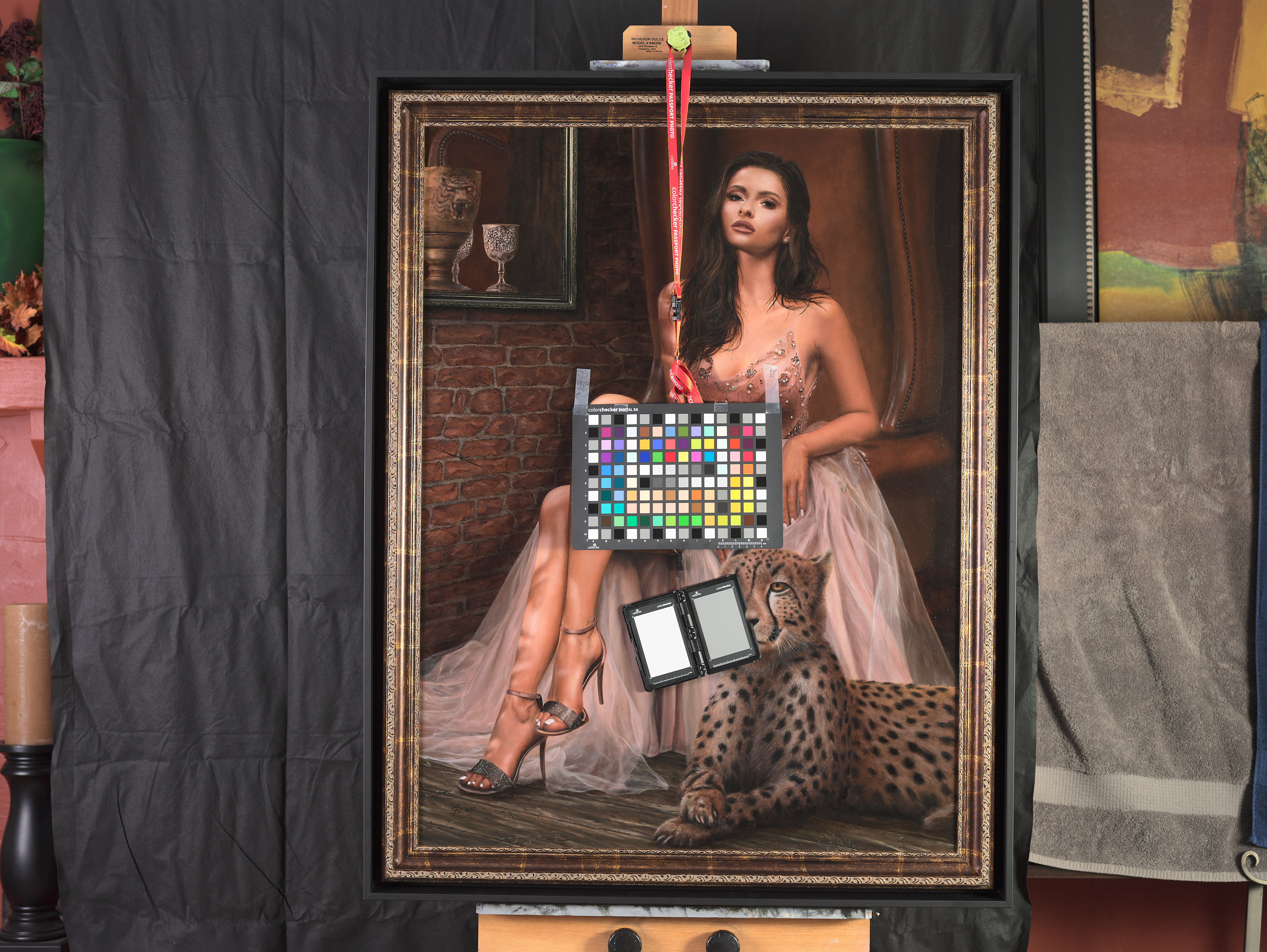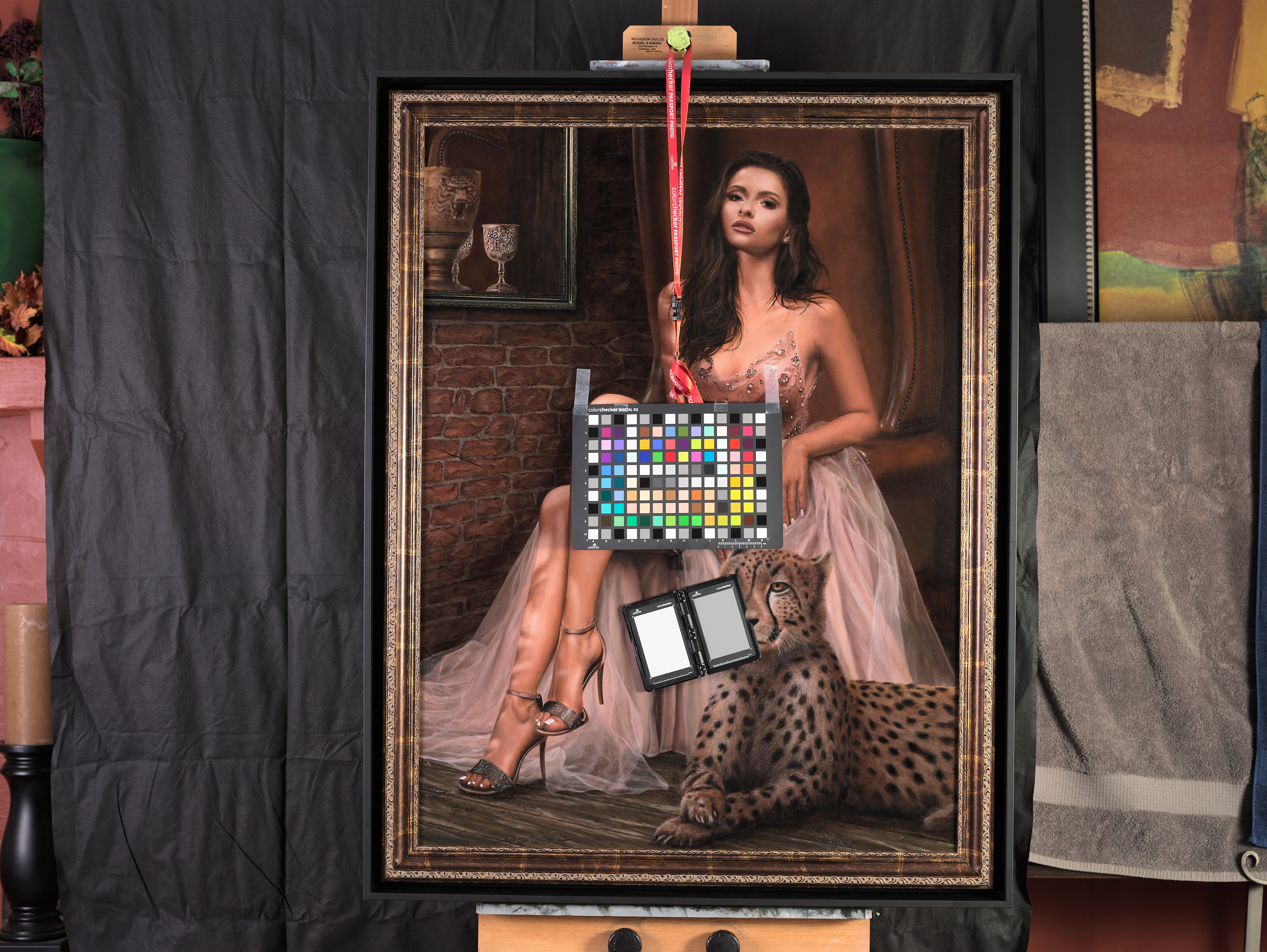@KEVINS Maybe consider the situations where an in-situ ICC profile is going to be useful in your workflow of photographing your art work. To really get accurate color is a fair amount of work and there are all of these requirements: The lighting (including angle to the scene), camera, lens (including aperture), exposure settings, luminosity uniformity and white balance that must be correct to even have a hope of getting that color accuracy. Things that affect white balance can include ambient and reflected light, quality of lighting (really make sure those LEDs have "clean light") and making sure that the room or space where the artwork is being photographed is neutral in color. You've had other strong colors in images I've seen (reds and so forth). That last piece goes back to the ambient and reflected light - those strong colors will affect your ability to make a color representative profile.
I can actually recommend a PDF from the cultural heritage folks at Digital Transitions. It'll cost you a fiver but it has a lot of really good basic information.
https://heritage-digitaltransitions.com/product/digitization-workflows-reflective-pdf-download/
One small correction I'd make on the PDF is that they say that C1 Pro doesn't do L*a*b* readouts, but that's now an available feature, clearly

.
If, on the other hand, it's less important to have truly accurate color and more important to have it look both good and close, there are easier options. You still should nail the exposure and white balance but there are profiles in Capture One for other digital backs that handle tonal transitions really well, even though they aren't specifically built for your IQ180. IQ3-100 pro standard, etc are good examples that to my eye look a bit better. Even though these are built for the frequency response of a different sensor and sensor type (CCD (IQ180) vs CMOS (IQ3100, your Canon, etc), play around with them to see if they're something you want to incorporate.
That said, nailing the exposure and white balance may make the need to do that go away, at the end of the day (and I expect this to be the case).
I'd also recommend investing some time in really learning Capture One. It has a lot of capabilities that are worth learning. I'd recommend their YouTube channel for overviews of the ecosystem if you haven't done this.
https://www.youtube.com/@CaptureOne/streams - I find that really knowing my tools puts me at a distinct advantage. It obviously takes an investment of time, of course.
Were you saying you were local to Capture Integration in Atlanta? If so, maybe speak with them about your specific needs and have them take you through the features of the camera and digital back that may help with the workflow. Phase One digital backs are a very powerful and capable platform and really getting that hands on for your specific needs may open up other possibilities to improve. They aren't obviously like using a standard DSLR and maybe picking up additional insight from Brad and team at Capture Integration would help. He's an exceptional commercial photographer who has a wealth of insight.
All just thoughts of course

.






